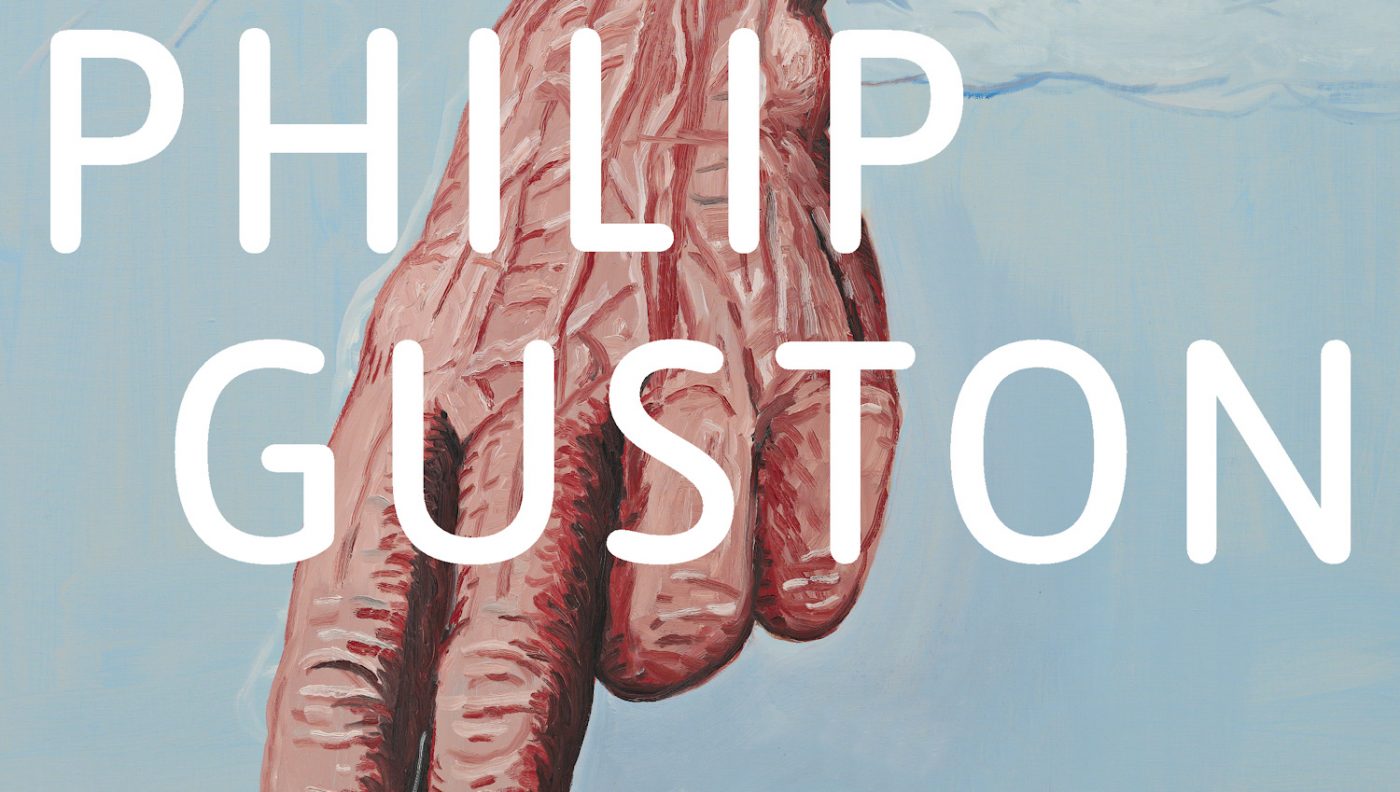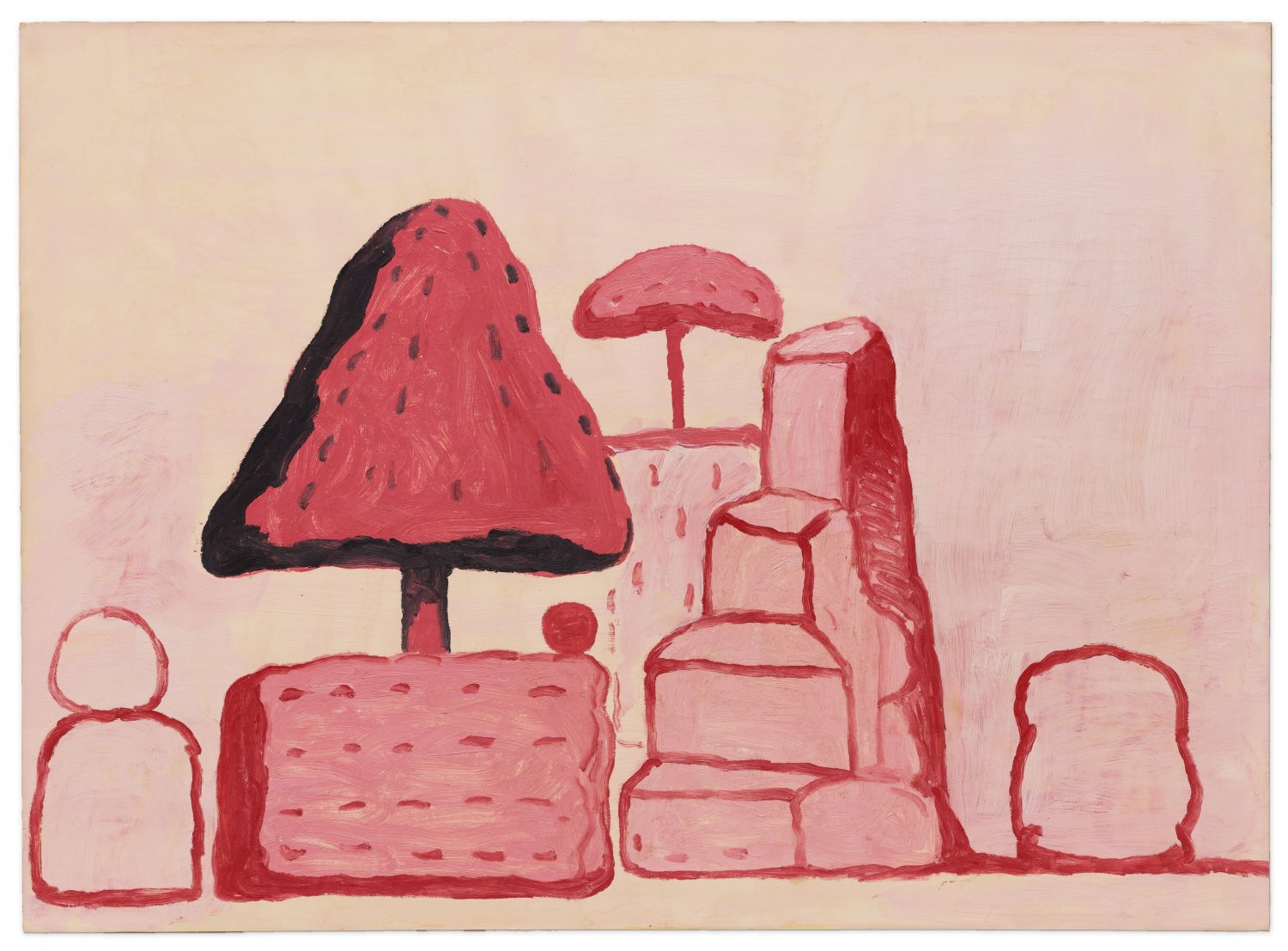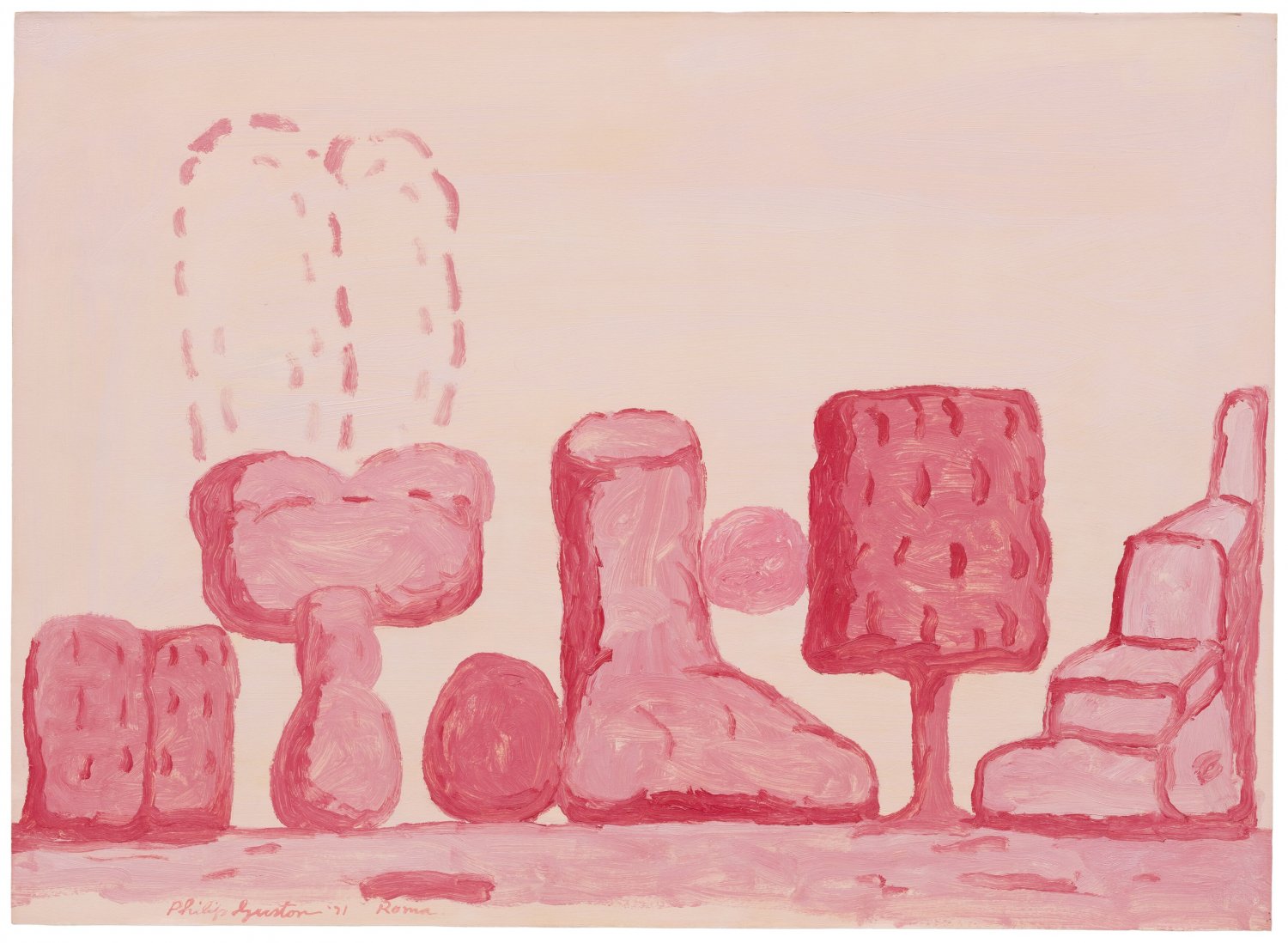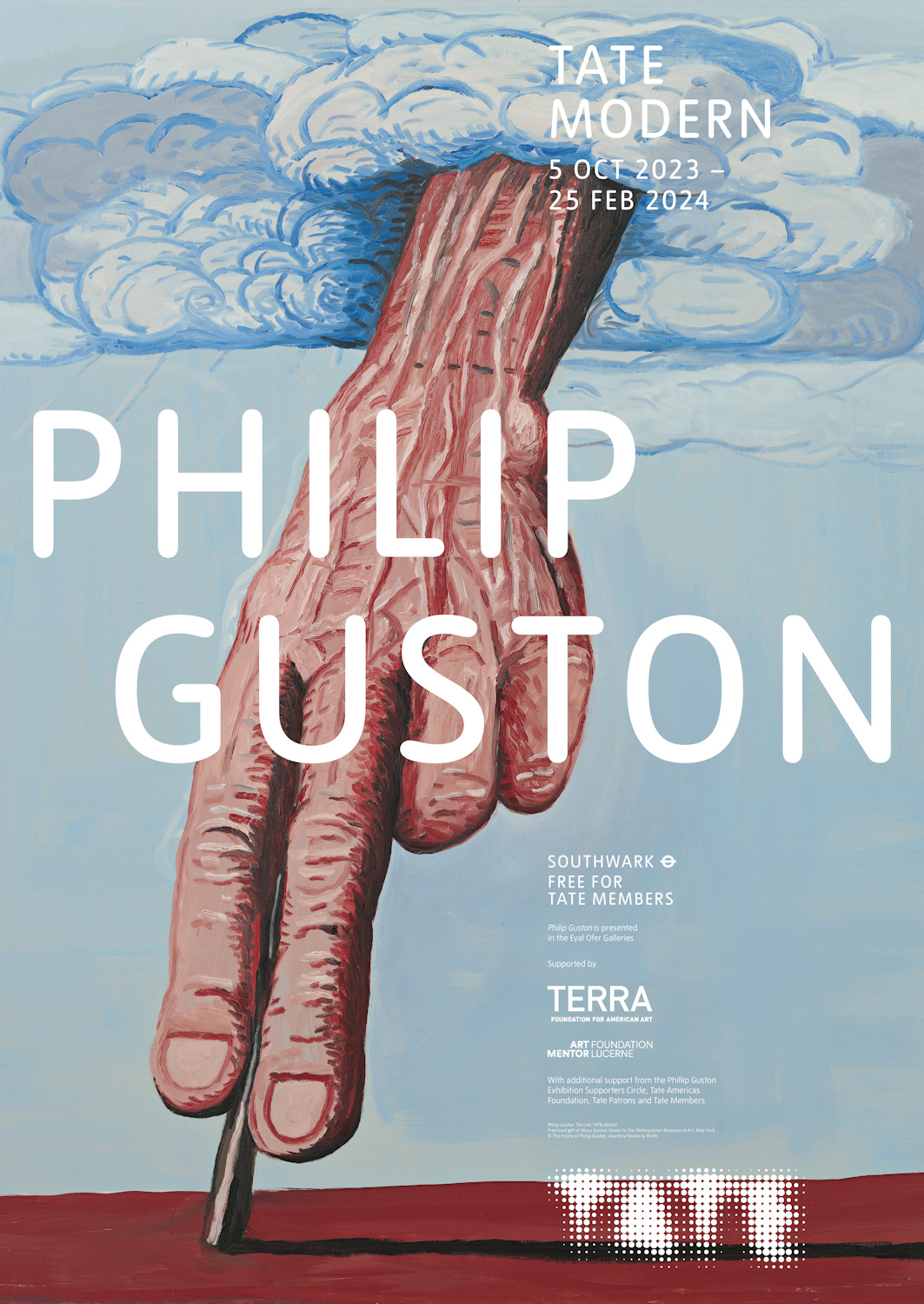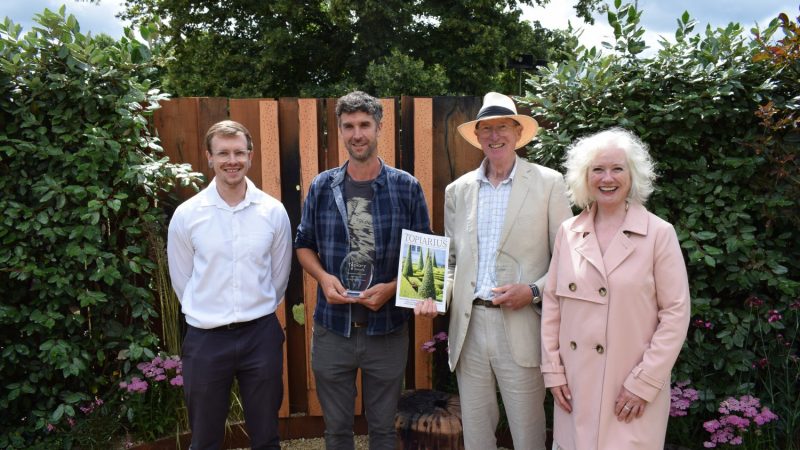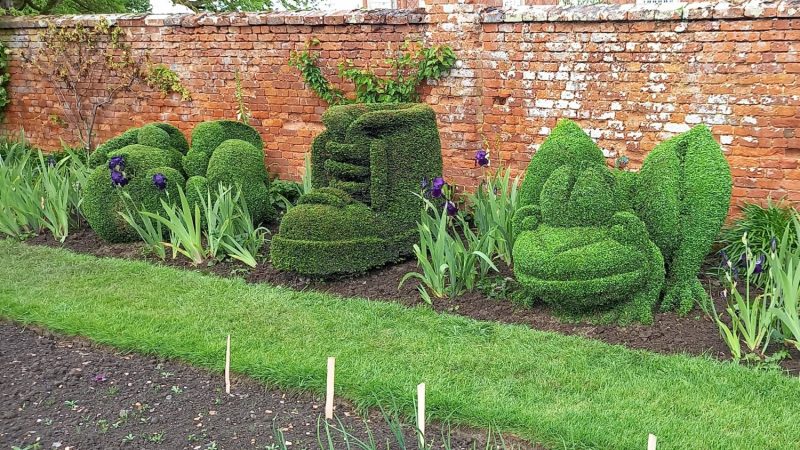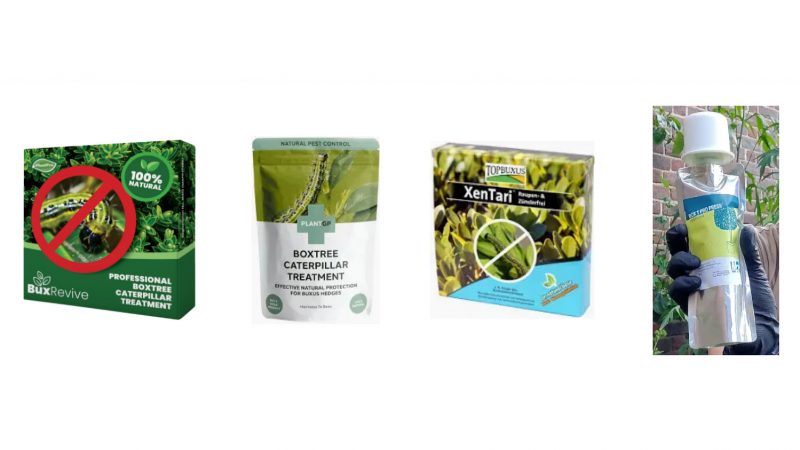Philip Guston’s take on topiary
Visitors to the magnificent exhibition of the work of the important American painter Philip Guston (1913-1980), currently at Tate Modern (until 25 th February 2024) may be surprised to spot the artist’s unique take on some topiary forms.
Guston’s practice developed in stylistic leaps over the course of his career, beginning with crisp Picasso/de Chirico influenced works, through abstraction, to his instantly-recognisable loose and cartoonish figuration employing tones of pink and red. It was during this latter period that he made the works which are of particular interest to members of EBTS and all lovers of the topiary art form. Once you’ve arrived in Room 9: Painter’s Forms, look for two works on paper, one hung above the other, entitled ‘Rome’ and ‘Roma’.
These, the notes explain, were made following Guston’s trip to Italy which encouraged him to paint again after a period of depression caused by the negative reception given his show in 1970 at the Marlborough Gallery in New York, which displayed his newly figurative work. Tate’s guide says: ‘Soon after the Marlborough show opening in 1970, Guston and [his wife] McKim once again travelled to Italy for several months. Depressed and deflated, he found relief in visiting the frescoes of his favourite artist Piero della Francesca and soon began a series of works on paper inspired by Rome’s gardens and ancient ruins…’
Elizabeth Hilliard
Editor, TOPIARIUS

